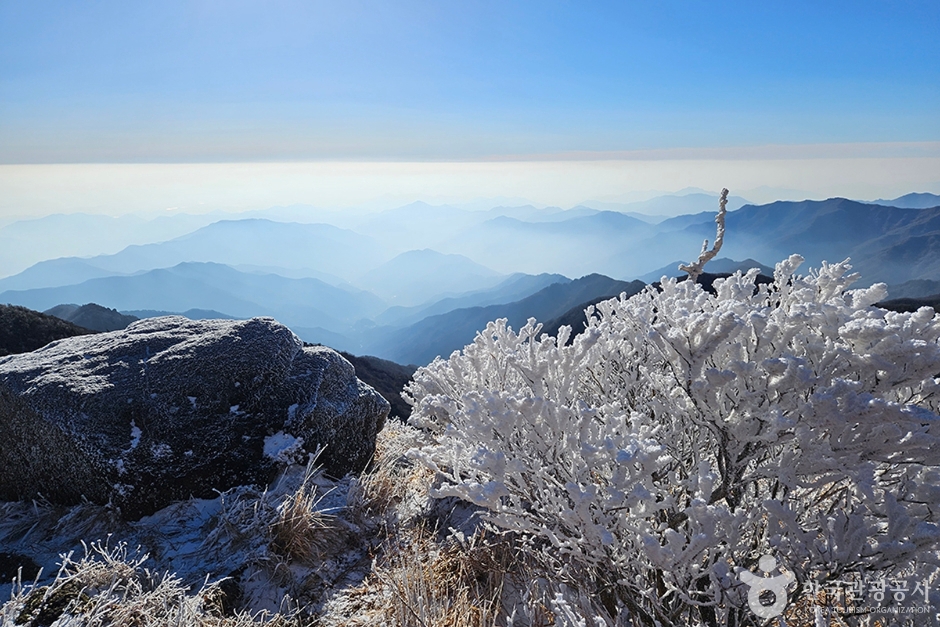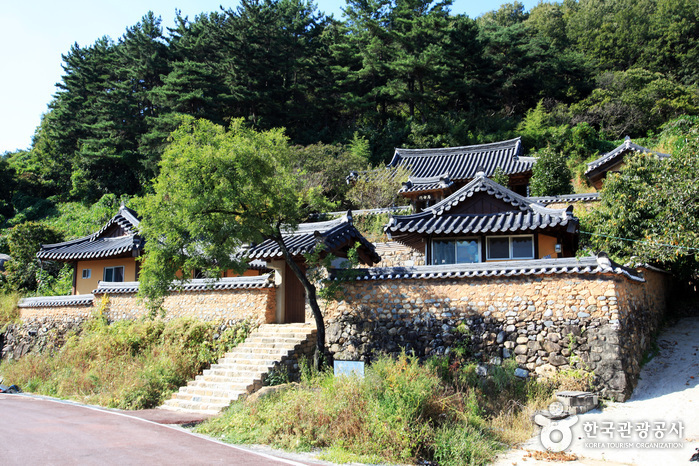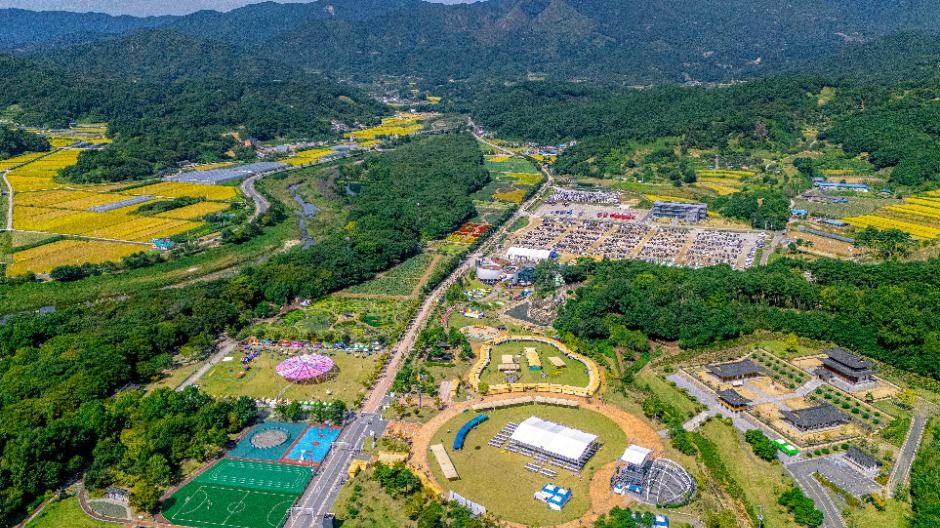Pico Cheonwangbong del Monte Jirisan (지리산 천왕봉)
16.9Km 2025-03-27
Jirisan-daero, Sicheon-myeon, Sancheong-gun, Gyeongsangnam-do.
A fecha del 27/03/2025, en esta región hay incendios forestales.
* Para información actualizada en tiempo real sobre la situación, consulte en los siguientes sitios web en inglés:
- Servicio de Bosques de Corea: https://fd.forest.go.kr/ffas/pubConn/movePage/english.do
- Portal de Desastres Naturales y Seguridad: http://eng.safekorea.go.kr/main/selectMainMng.do
Junto con los montes Geumgansan y Hallasan, Jirisan es conocida como una de las montañas más sagradas de Corea. Su nombre viene dado porque se creía que era un lugar que convertía a los inocentes en sabios. El monte Jirisan, localizado al sur, es una de las cinco montañas que rodea la antigua capital del reino de Silla. El 29 de diciembre de 1957, el lugar fue declarado el más grande y primer Parque Nacional del país. Sus 440.517 ㎢ cubren Hadong, Sancheon y Hamyang en la provincia de Gyeongsangnam-do, Gurye en la provincia Jeollanam-do y Namwon en Jeonbuk-do. Su área es siete veces mayor que el Parque Nacional del Monte Gyeryongsan.
Con 1.915 m de altura, Cheongwangbong es el segundo pico más alto de Jirisan. Desde Cheonwangbong inician algunos valles como Chilseon, Tongsin, Cheonwang y Jungsan. La gran roca en la cima parece como si estuviera sosteniendo el cielo. La salida del sol desde Cheongwanbong es tan bonita que una antigua tradición coreana dice que una vista está reservada para las personas cuyas familias realizaron buenas acciones durante 3 generaciones seguidas.
Aldea Namsa Yedamchon (남사예담촌)
17.1Km 2024-12-23
Jirisan-daero 2897-beongil 10, Danseong-myeon, Sancheong-gun, Gyeongsangnam-do.
La Aldea Namsa Yedamchon, situada en las tierras fértiles de Sancheong, es una aldea formada por los fieles seguidores de las tradiciones y costumbres tradicionales, y anteriormente era una aldea muy famosa por los estudiosos y eruditos célebres provenientes de esta.
La aldea se divide en otras 2 pequeñas aldeas por el arroyo Namsacheon, que son la Aldea Namsa y la Aldea Sangsa. El nombre de la segunda viene del nombre del pueblo donde nació el gran erudito chino Confucio, por su geografía muy parecida a la del pueblo de este. Por esta razón, el río que fluye por la aldea y la montaña erguida en el centro se llaman río Sasugang y monte Nigusan, los cuales también existen en el pueblo de Confucio. En la entrada de la aldea empieza una larga muralla de piedra (de 5,7 km de largo) que fue declarada como Patrimonio Cultural Nacional en 2006. Siguiendo la muralla, aparece la casa tradicional hanok más grande de la aldea, llamada Choessigoga, que era la antigua casa de la familia Choi, construida en 1930. Caminando un poco más hacia la calle donde se encuentran las sóforas cruzadas en forma de X, el símbolo de la aldea, está la Issigoga (Casa antigua de la familia Lee), que se considera como la casa más vieja y antigua del lugar.
Además de los mencionados, en la aldea se encuentran muchos restos históricos y destinos que entretienen la vista de los turistas, y constantemente se están realizando varias actividades tradicionales como la ceremonia de boda tradicional, la fogata con patatas y batatas asadas, la pesca tradicional, etc.
Festival del Sansam de Hamyang (함양산삼축제)
17.6Km 2025-04-08
Pilbongsan-gil 49, Hamyang-eup, Hamyang-gun, Gyeongsangnam-do.
055-964-3353
Hamyang es una zona productora famosa de hierbas medicinales y sansam (ginseng silvestre) por su ambiente limpio y fresco. Es un lugar muy visitado por muchos coreanos y extranjeros que quieren comprar hierbas naturales de calidad. Este festival se organiza con la finalidad de promocionar aún más los productos de esta región. Se presentan diversos espectáculos y actividades que entretienen a los visitantes, como fuegos artificiales, funciones de B-boy, concurso de canto, elaboración de licor de sansam, actividades para plantar sansam, etc.
Parque Sangnim (상림공원)
17.6Km 2021-11-29
Pilbongsan-gil 49, Hamyang-eup, Hamyang-gun, Gyeongsangnam-do
+82-55-960-5756
Situado en el distrito de Hamyang-gun, en la provincia de Gyeongsangnam-do, el parque Sangnim originalmente se encontraba en un bosque llamado Hoanrim, fundado hace 1.200 años con el fin de proteger las orillas del río. Este parque es tan reputado en la región que hasta existe un proverbio que dice: "Aunque olvide su ciudad natal, nunca podrá olvidarse de Sangnim".




 Español
Español
 한국어
한국어 English
English 日本語
日本語 中文(简体)
中文(简体) Deutsch
Deutsch Français
Français Русский
Русский